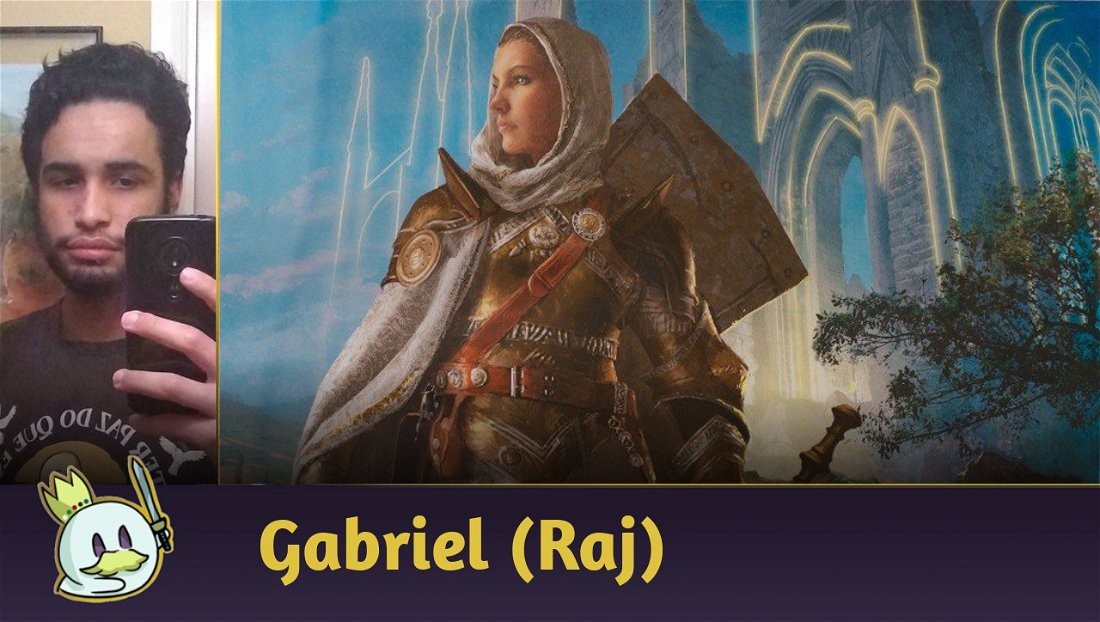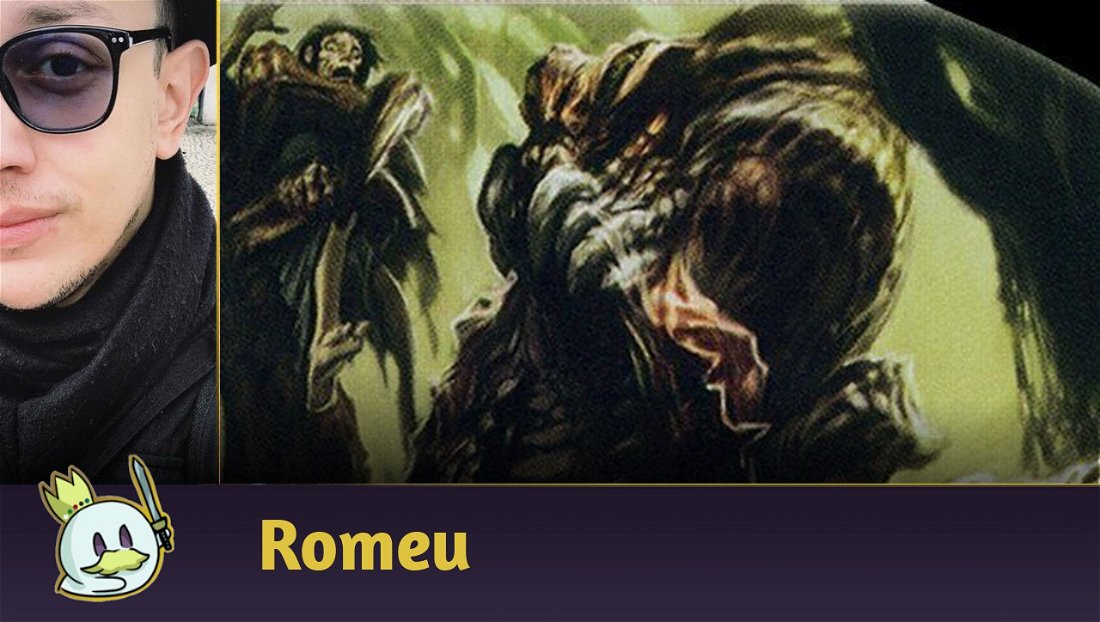Now that your friends have finally convinced you to play Commander, and you've decided to do more research on the format's cards, you've come across countless artifacts.
In a format where the range of cards your deck can use is based entirely on your commander's colors, being able to use colorless cards that fit in a good number of decks is always an advantage, both when building decks and when building your collection.
Therefore, in today's article we will discuss some of the most important artifacts of the format, those that perform well in most of the lists, whether they focus on artifacts or not. It's also important to note that this isn't a commander list or artifact-focused list, rather the opposite - these are artifacts that fit well with many different commanders, such as their utilities and strengths.
Sol Ring and Arcane Signet

The Sol Ring has always been the face of Commander. Turning unplayable hands into a safe bet for the match, the artifact can easily enter turn 1 and change your game forward with a lot of stability. Doing the sequence “Turn 1, Land, Sol Ring, Turn 2, Land” gives us access to four mana right at turn 2, allowing us to cast intense cards, like Meren of Clan Nel Toth, very early in the game.
The artifact's importance is vital early in the game, accounting for the tip we give to beginners joking "If you open your hand and see a card called Sol Ring, you hold it regardless of the rest". Its access to a significant mana advantage justifies all the excitement around the card. But of course, there's the Commander player's favorite play, “Turn 1, Mana, Sol Ring, Signet”.
But what is a Signet?
Signet, in general, is a very characteristic rock of the game. The main one is Arcane Signet, released in the Throne of Eldraine Brawl decks, the card reached a high price quickly, to the point of starting to be included in Commander decks, and today it becomes an essential piece in many decks, mainly because it can generate mana of any color of the commander's identity.
Due to the characteristic cost of signets, two mana, mending them after a Sol Ring grants you access to five mana on turn two, allowing you a wide range of plays and constant pressure in the game. Of these, the one mentioned in this portion of the article is indeed the best, most versatile and able to go in a wider range of decks, but later I will talk a little about the others.
Mana Vault and Mana Crypt

Better than four mana on turn 2, it's three on turn 1, which is impossible with Sol Ring. Mana Crypt allows this, costing zero resources and generating two mana. Normally, in conventional formats, this would be able to place it far above Mox, such as Mox Pearl, which generate a single mana, but the crypt has the defect of costing you life if you miss a coin toss. But that damage is feasible on Commander during multiple turns, making the card gain even more strength in EDH.
Mana Vault generates an incredible three mana for the price of one, being a recursive Dark Ritual with colorless mana. Unfortunately, it requires a mana payout to untap, leaving it a bit behind in quality. Still, in the right moments, this mana makes a huge difference and allows a good lead.
Even though these cards have superior qualities to Sol Ring, we don't see them in many lists, due to their high price. Many decklists can be put together with figures that represent the value of both or just one of these cards.
Unfortunately, a decrease in the price of these cards becomes difficult due to their high usability and low runs. Even so, if you can get access to them, they can become powerful pieces in the making of your deck.
Boots

Among the most used equipment of the format, we have these two boots. Lightning Greaves and Swiftfoot Boots have similar concepts: both give the equipped creature haste and a type of protection.
In the case of Greaves, we have shroud, an ability that doesn't let any spell or ability target the equipped creature, either from an opponent's card, like Lightning Bolt, or your card, like Kessig Wolf Run.
Swiftfoot Boots, on the other hand, gives the creature hexproof, protecting it only from opposing targets and allowing you to use your best weapons to grow it while still protected.
When we see through this argument, Boots are better than Greaves. Being able to surround your best creature, usually a commander, while improving its characteristics is better than not being able to change anything about it either, such as prohibiting you from adding new equipment to the mix, since Equip is also a targeting ability.
However, a facility that the Lightning Greaves has is having its equip cost at 0, while the other boot has the same cost at 1, which balances well in choosing the best one for your deck.
Altars

If you see one of these two artifacts, Ashnod's Altar, Phyrexian Altar and Altar of Dementia, you can be sure that there is a high chance of an infinite combo coming around.
Each with its own niche, whether it's generating colored or colorless mana, or grinding up a player's cards, these artifacts sacrifice creatures to their ends. Once together with some recursive card, such as Karmic Guide, or one that generates damage when a creature dies, such as Blood Artist, it is possible to create infinite loops that generate mana in large amounts, deal damage capable to annihilate your opponents or mill entire decks.
Even when the entire combo is not assembled, it is possible to use these cards separately and get good results from them, either by sacrificing tokens or blocking creatures on your battlefield.
Wayfarer’s Bauble and Expedition Map

Normally, green is the color that allows you to search for different lands and place them on the battlefield or in your hand. Other colors even have mechanisms to give you access to more lands or mana, but in a more restrictive and less effective way.
Giving scope for decks without green to have access to this type of rapid ramping, which is very typical of the color, we have the card Wayfarer's Bauble, a card that was not reprinted for a long time and already cost a somewhat hefty price for a simple common card like it. The question is this, it was a common one comparatively expensive to the others, precisely because it is a reliable card, and it fits in several nongreen decks.
With a similar operation and the same pricing history, we have Expedition Map. Its difference is the ability to tutor any land card, basic or not, and put it in your hand, instead of in the battlefield, just like Bauble.
Both artifacts can correct the evolution of your mana curve and colors and make a player's land organization much smoother, even without access to green.
Skullclamp

One of Wizards' confessed design mistakes and banned from virtually every 1v1 format available, except for Vintage. But in our Commander, it is an extremely unbalanced card and capable of creating very favorable situations.
Using its -1 toughness condition, the Skullclamp is always equipped on a creature that will die with this decrease in its characteristics, thus generating two draws with the cost of only one generic mana. Creating this loop organically allows the player to always fill their hand without difficulty.
Solemn Simulacrum

Not to mention that no artifact creatures were mentioned in this article, we also have the Solemn Simulacrum. This low-cost creature allows it to fetch a land when it enters the battlefield and draw a card when it leaves, making it the perfect target for blocks and sacrifices.
Every Solemn Simulacrum that lives a normal lifecycle ends up generating a two-card advantage, making it a card that generates many important resources at any stage of the game, and a safe choice both for decks that are still testing what they want to do and still don't have a complete build or for already formed decks that could use some more generic cards capable of generating an abundance of resources.
Mana Rocks

Mana Rock, simplifying a lot for beginners, is every artifact that generates you mana through a tap cost, sometimes with an additional one.
In addition to the Arcane Signet, we have other artifacts that share this name and are very common in two-color and three-color compositions. The famous Ravnica Signets, such as Simic Signet and Izzet Signet, are famous for turning one generic mana into two of a specific color, mathematically giving you a one mana advantage. Other of these famous stones are Talismans, such as Talisman of Creativity and Talisman of Curiosity, which generate colored mana costing 1 life or colorless mana for free.
We also have Medallions, such as Ruby Medallion, which, although they do not generate mana, reduce the cost of casting spells of specific colors.
There are also a plethora of mana rocks with different abilities, Fellwar Stone, Mind Stone and Thought Vessel are examples that we often see on tables, and there are many more in the game, for all tastes.
Conclusion
Artifacts are often the most common card type on tables and decks, due to their ability to fit in many situations and not require specific mana costs to play.
Just as this article focused on them, we can make others out of creatures, specific color cards, archetype cards, and specific creature types... The sky's the limit in this vast, free world of Commander!














— 评论 0
, 反应 1
成为第一个发表评论的人